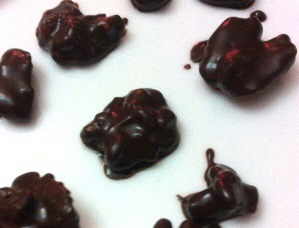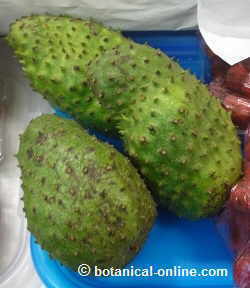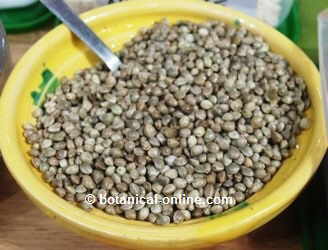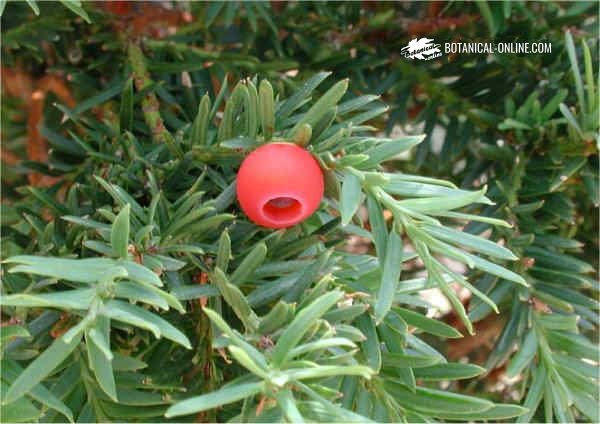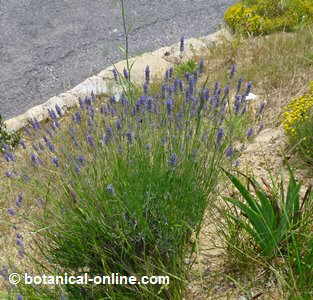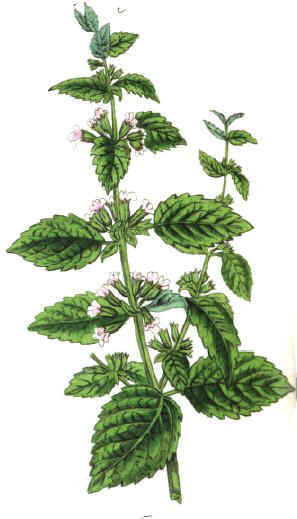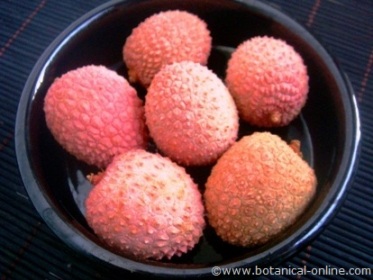Contents
How to grow calendula
 Plant characteristics
Plant characteristics
– Plant family: Compositae.
– Annual or sometimes biennial plant, erect stems up to 40 – 70cm. tall.
– Leaves alternate, petiolate, oblong, spatulate, margins entire or with few teeth, and hairy.
– Large floral florets, 5 – 7cm. in diameter, composed of radiated flowers. It blooms from June to early November.
– Fruit thorny and curved, achene, lacking pappus.
 Calendula climate
Calendula climate
– Plant of temperate climates.
– Resistant to frost and drought.
– It grows in full sun or semi-shade.
– Located from 0 to 1,000 m.
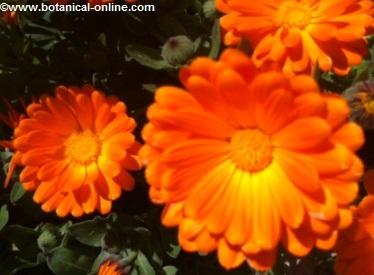
 Calendula soil
Calendula soil
- Type of soil: sandy loam soils, limestoneor clay.
- It requires moist soil, even in summer.
- pH between 4.5 and 8.3. It can grow in acid and alkaline soils, but it prefers limestone.
- Provide a fertile soil rich in organic matter.
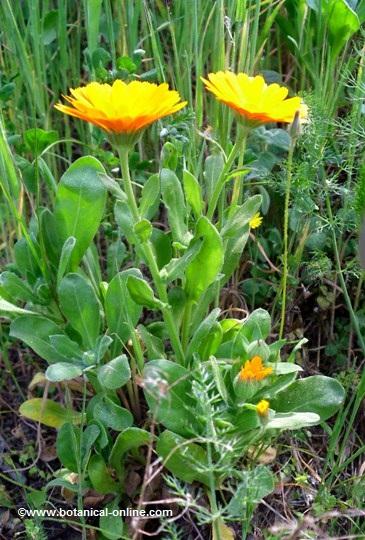
 Calendula reproduction
Calendula reproduction
SEXUAL REPRODUCTION BY SEEDS
– Plant seeds in situ, in spring (March-April) or early fall (September-October).
– Germination occurs in 2-4 weeks.
– Flowering occurs four months after planting, in summer (if planted in spring) or between May and June if planted in autumn.
– The plant reproduces spontaneously.
 Calendula flowering
Calendula flowering
– Flowers appear 4 weeks after sowing. Usually between April and October.
 Calendula diseases and pests
Calendula diseases and pests
- Mosaic Disease: caused by mosaic virus.
- Mildew: fungal disease that attacks in full force in summer, but that may appear in late spring.
- Powdery mildew: It is a common disease of plants. It appears in spring but its effects may linger during the summer or fall.
![]() More information on calendula.
More information on calendula.

